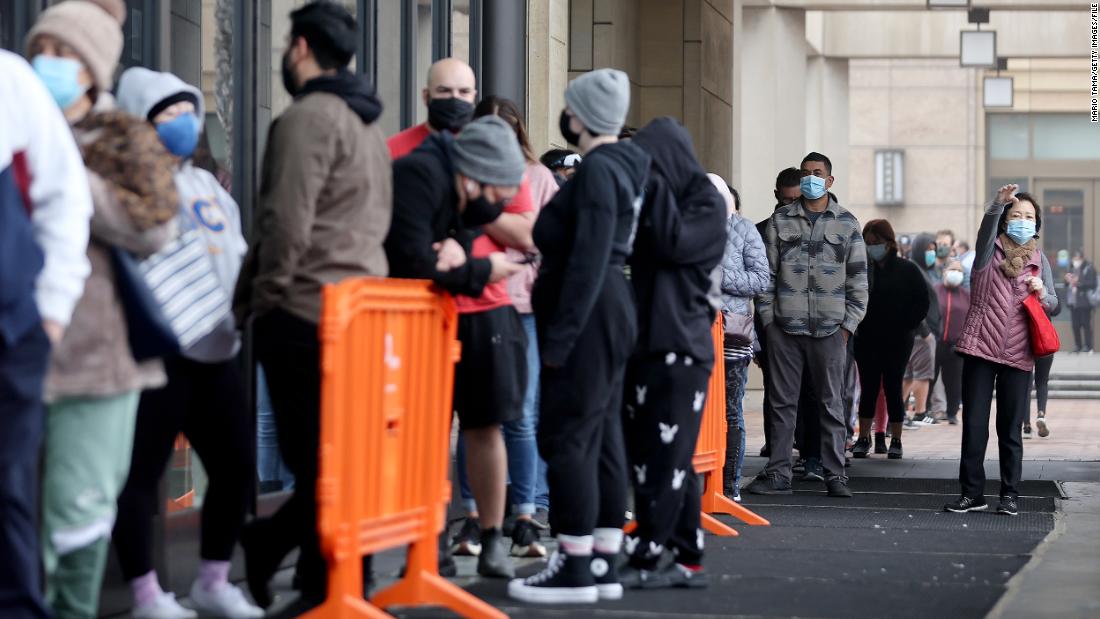Omicron may be mild, but it’s still adding to many Americans’ financial stress
That’s the highest number since the Census began collecting data in the spring of 2020, though the figures may not be precisely comparable due to changes in the Pulse questionnaire.
The share of adults who said they were not working because of virus-related reasons nearly tripled to 3.5% from the early December survey, according to a Goldman Sachs analysis of the Census report.
“There could be disruptions to their ability to continue to work,” said Claire Zippel, senior research analyst at the left-leaning Center on Budget and Policy Priorities, which has been tracking the Census surveys. “A lot of low-paid workers lack access to paid leave. If they have to stay home from work because their child care is closed, that’s money out of their budget.”
More than 9 million adults, or nearly 38% of respondents, lived in households where children under 5 were unable to attend day care or another child care arrangement in the prior four weeks, according to the January Census survey. That’s the highest share since the Census started asking the question in late July.
And it’s a big jump from the 7.2 million, or 29.5% of respondents, who were in the same situation in December.
New Jersey, Rhode Island, New Mexico and Virginia topped the charts with more than half of adults there living in households with child care disruptions, according to Census data. At the other end of the scale, fewer than 1 in 5 adults in Utah and Louisiana reported issues.
Impact on wallets
Omicron also has added to the financial stress many families are experiencing.
More than 31% of adults said they were in households where it has been somewhat or very difficult to pay for usual expenses in the last seven days, according to the January Census survey.
“Omicron is one more thing that’s coming in and squeezing families,” Zippel said.
Nearly 47% of Mississippi adults and nearly 41% of West Virginia adults said they were in households that had trouble paying their usual expenses. By contrast, fewer than one quarter of adults in Minnesota and Washington were in the same predicament.
Meanwhile, families have been having a tougher time affording food too.
Just over 10% of adults were in households where either sometimes or often there was not enough to eat in the last seven days — the highest since early March, the latest Census survey found. This measure has also been ticking up since late August.
“We’re still in a pandemic,” Cooney said. “It seems like there’s a strong case that we should be continuing these measures.”
![]()


